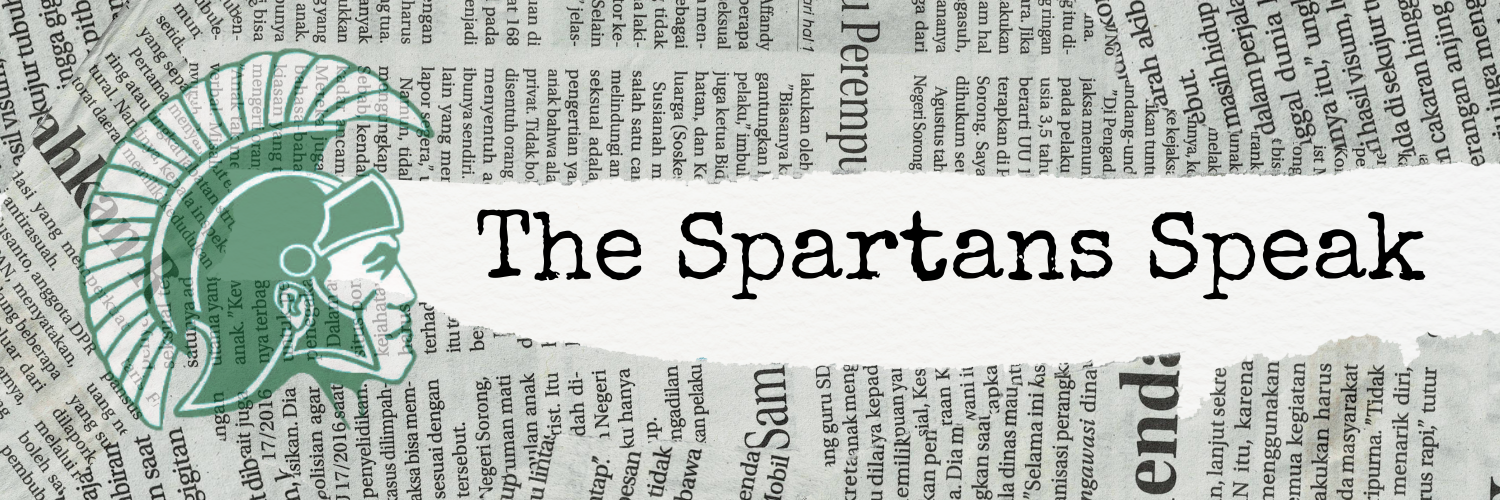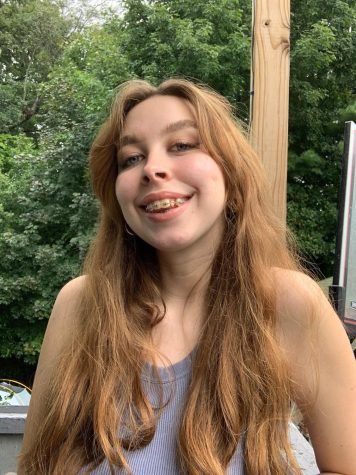‘Heartstopper’ gets it right
May 5, 2022
Netflix’s new teen drama “Heartstopper” exemplifies why it is so important to have good representation of the LGBT+ community in entertainment.
Based on a graphic novel of the same name by Alice Oseman, “Heartstopper” follows Charlie Spring (Joe Locke) and Nick Nelson (Kit Connor) as they navigate a newfound friendship and romance in a heartwarming coming-of-age story.
I’ve watched countless teen dramas, and this show now holds a special place in my heart. It’s refreshing to see so many types of people represented with great storylines .
What makes “Heartstopper” so successful is that while the characters have different sexualities and gender identities, they are not defined by them. There are far too many examples of the “token gay” trope or transgender characters whose only personality trait is that they are transgender.
The casting is also phenomenal, including people of a variety of ethnic backgrounds and casting a transgender woman to play the character Elle (Yasmin Finney).
A smaller—but still very impactful storyline— involves Tara (Corinna Brown) coming out as lesbian. First, the fact that there are teen lesbian characters with stories that don’t revolve around men is groundbreaking in itself. The show also touches on the portrayal of lesbians in media and how that affects their day-to-day life.
The main characters’ romance cannot (and should not) be ignored. I was rooting for Charlie and Nick to fall for each other the second they met.
People of all ages can relate to Nick as he comes to terms with his sexuality and tries to figure out how he identifies. And seeing not only bisexual representation, but male bisexual representation is quite special. The erasure of bisexuality in media is a large problem where bi-women are often seen as “experimenting”, while bi-men are written off as gay.
Whether you can identify with the stories or not, “Heartstopper” is a refreshing take on the teen love story archetype. Sure, it may not be as edgy as “Euphoria,” but I don’t believe every teen show needs to load up on dark subject matter to be relatable. I’m not saying it doesn’t get sad, though, I shed a few tears.
With only eight 30-minute episodes, it’s an easy watch that won’t be regretted. I won’t forget about these characters anytime soon, and I pray a second season is on the way.


